Plastic parts machining and manufacturing services
In the process of new product development, CNC plastic processing can be used when you need plastic prototype verification instead of 3D printed materials. Using this hand board processing technology, we can not only make conceptual models of plastic parts and precise functional parts, but also provide a complete solution for the production and manufacturing needs of small batch machining.
We can use more than 30 different materials to manufacture high-quality CNC plastic machining parts, and use 5-axis CNC machining methods and other processes to create high-performance precision machining of engineering plastics. Our accumulation in plastic processing enables us to customize your plastic parts according to your application requirements.
Why GEEKEE's CNC Plastic Processing
With ISO9001 certification, advanced quality control process meets and exceeds industry standards. We also have a complete quality assurance department and professional quality engineers.
We have advanced CNC machining machines that can handle any type of project. Our comprehensive processing capability is very suitable for CNC processing plastic projects. Beyond the traditional machine tool configuration and processing experience, to ensure that we can complete complex processing tasks on time.
We can manufacture more than 30 kinds of machined parts of engineering plastics. Have a broad understanding of the characteristics of different plastics to meet your testing and verification of plastic hand models.
Our team can handle precision plastic parts machining projects. These parts are customized according to your design specifications.
Advantages of CNC Machining of Plastic Parts
Our experience in plastic parts design and machining enables us to identify the specific needs of products in various industries and have the ability to meet any plastic parts machining challenges. Our engineering team is equipped with the most advanced CNC machining equipment, which can perform many different types of machining processes and perform the best manufacturing plan for your plastic parts.
● More Precise
CNC plastic processing can provide precision processing capabilities that injection molding or 3D printing does not have. Machined plastic parts also do not have the layering line of the 3D printer and the parting line of injection molding, which improve the appearance of the final part.
● No Mold Required
CNC plastic processing can provide precision processing capabilities that injection molding or 3D printing does not have. Machined plastic parts also do not have the layering line of the 3D printer and the parting line of injection molding, which improve the appearance of the final part.
● Flexible Design
Parts can be processed directly from plastic plates or plastic bars, so it is easy for the engineering team to modify the design in the production stage without manufacturing any new tools, and there is almost no cost involved in upgrading parts.
● Faster Turnaround Time
The CNC machine tool is controlled by a computer and can maintain 24/7 operation. The entire production process can achieve the best efficiency, quality and process control.
● A Wider Range Of Materials
The CNC machine tool is controlled by a computer and can maintain 24/7 operation. The entire production process can achieve the best efficiency, quality and process control.
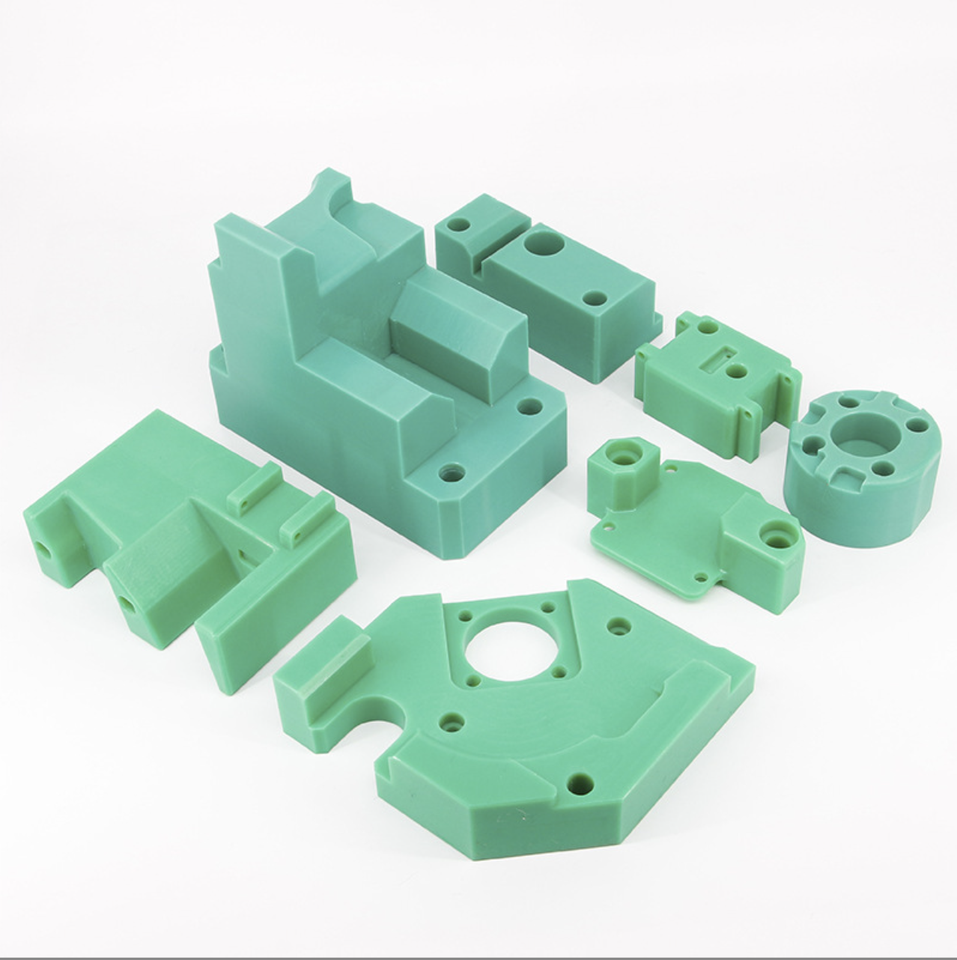
Product Material
ABS, PC, ABS + PC, PMMA (acrylic), PA (nylon), PA + glass fiber, POM, PP, PP + glass fiber, PVC, HDPE, PPS, PBT, PEEK, PEI(Ultem), Teflon, bakelite, Daiki.
| Machining accuracy | ±0.1mm/100mm |
| Maximum molding size | 3000*1200*850mm |
| Standard delivery time | 5 working days Beijing time |
* For parts that speed up delivery time or exceed the maximum part size, please contact [shixiao_qiu@cd-geekee.com]
| All materials: | Description: | |
| PC | Excellent impact strength, superior mechanical properties, high strength and rigidity, good dimensional stability, good machinability, and good electrical properties. | Learn more |
| POM | Excellent impact resistance and creep resistance, high strength and rigidity, low coefficient, excellent machinability, dimensional stability, low moisture absorption. | Learn more |
| Nylon | Good mechanical properties, excellent heat resistance, wear resistance, high corrosion resistance, light weight, high strength, good toughness. | Learn more |
| PCPMMA (Acrylic) | Excellent optical properties, scratch resistance, good polishing, high UV tolerance, good bending strength. | Learn more |
| ABS | Excellent impact resistance, high strength, good rigidity, good coating, good machinability and low cost. | Learn more |
Plastic CNC Processing Technology
|
Step 1 |
G code file preparation |
| The first step in CNC milling is to convert CAD files into a language that the machine can use, namely G code. | |
|
Step 2 |
Install the workpiece on the fixture |
| The operator places the material cut into a specific size on the machine tool bed. Generally, the workpiece of material is always called a blank or workpiece. Then it is time to install the workpiece on the processing bed or through a vise. | |
|
Step 3 |
Select the appropriate cutting tool |
| Since the computer controls the CNC cutting tool to move to the preset coordinates, the precise positioning and alignment of the workpiece is of great significance for manufacturing high-precision parts. For example, a special metering tool, a probe, is an ideal solution for this step. | |
|
Step 4 |
Cutting and removing material from the workpiece |
| Then, the workpiece can be processed. The machine tool uses professional cutting tools and rotates at high speed to remove material from the workpiece. However, in the first step, the machine is removed with relatively low speed and accuracy to obtain an approximate geometry. | |
|
Step 5 |
If necessary, flip the workpiece |
| Sometimes, the model does not realize all features through a single setting of the cutting tool, so the workpiece needs to be turned over. |
Case Reference
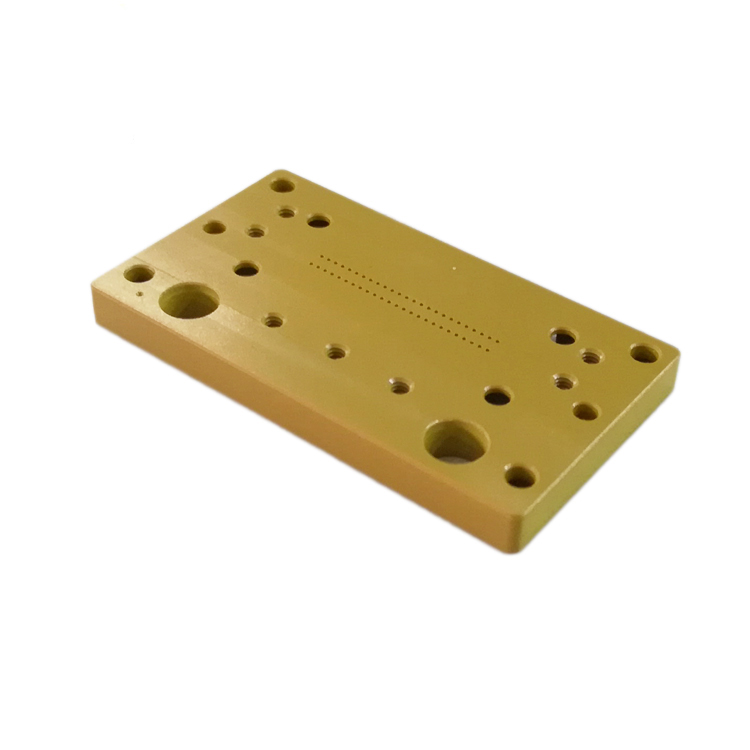
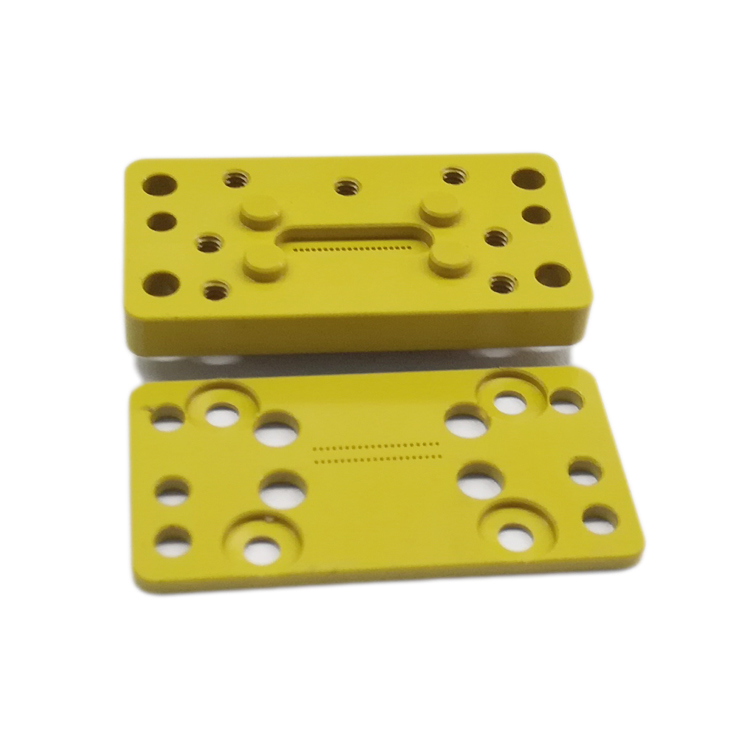
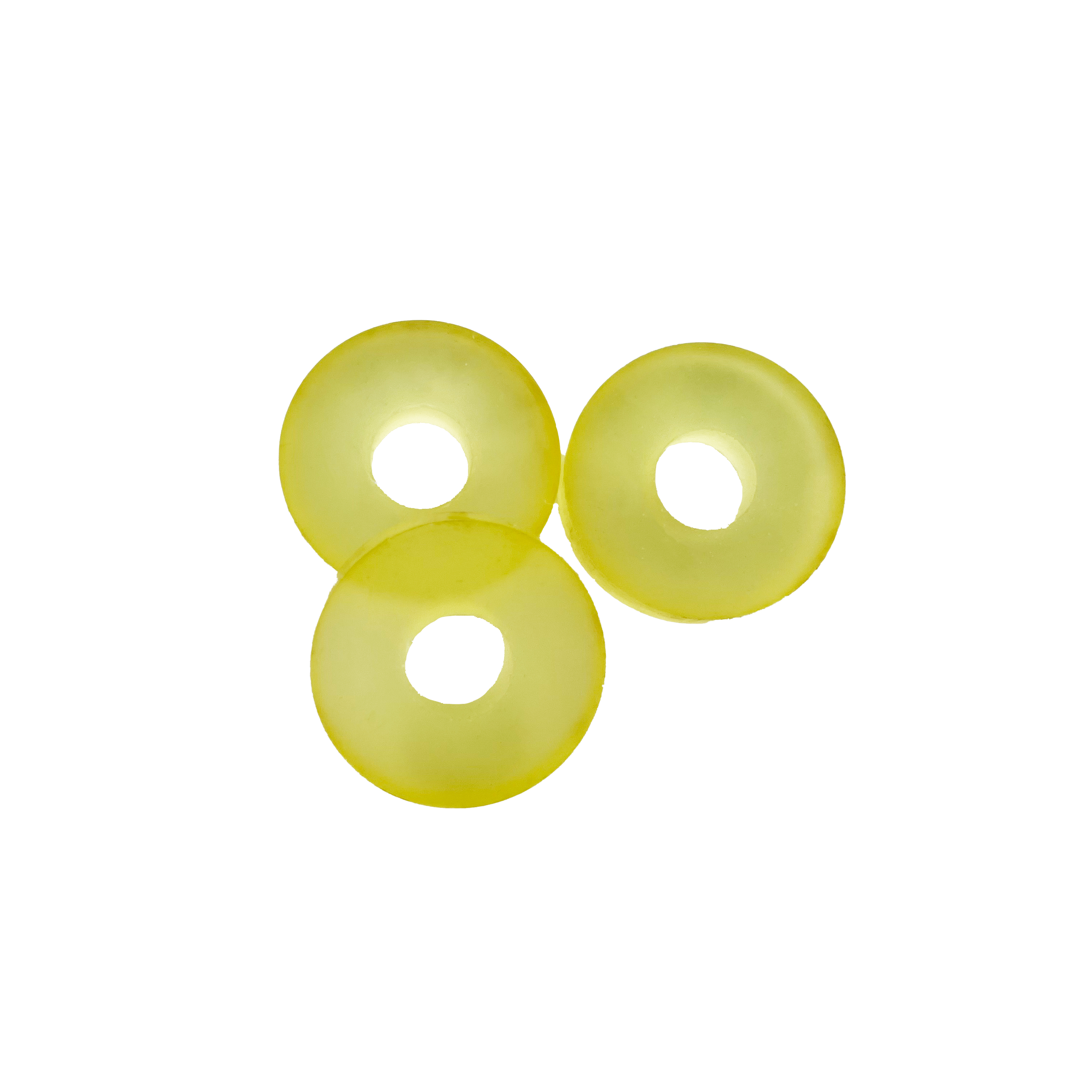
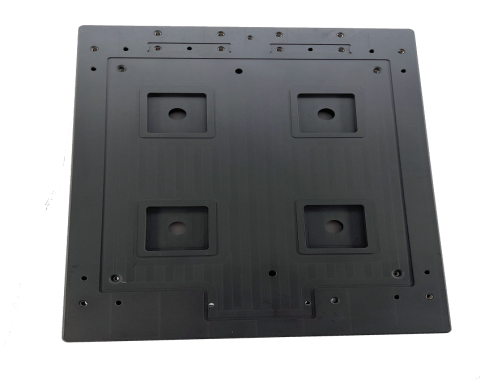
Products categories
-

wechat
-

Whatsapp
whatsapp











